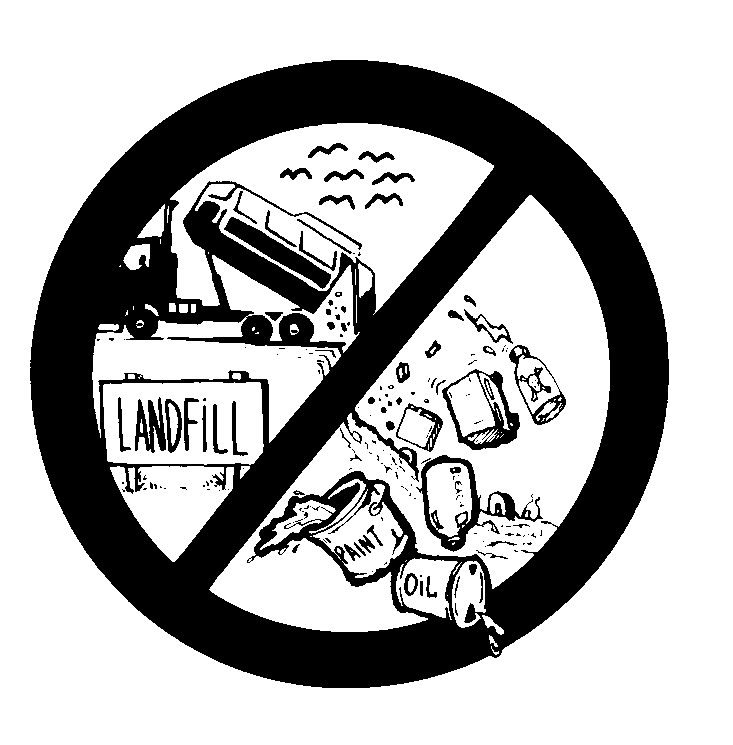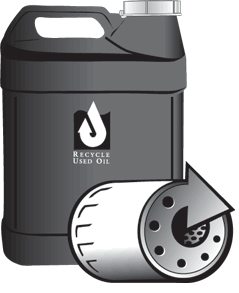Where To Recycle Old Paint
Recycling leftover paint in California just got more convenient!
PaintCare, a non-profit organization, helps to dispose of paint properly and for free by creating a stewardship of drop-off locations.
Latex, water-based, and acrylic-based paints can be recycled and made into new products, such as concrete, cement and other additives. It’s always good to recycle your paint to conserve resources.
Oil-based paints, however, are considered household hazardous waste (HHW) and should NEVER be tossed in the trash! Even if paint is dried, oil-based paint should be disposed of at the local HHW facility listed below.
S.A.F.E. Collection Center
1400 N. Gaffey St.
San Pedro, CA 90021
Open Saturdays and Sundays from 9 am to 3 pm. Except Holidays and rainy days.
To recycle latex paints, remove the lid from the can and allow the paint to dry out and harden completely. Once the paint has dried completely, it’s ready to be recycled. Bring your cans to a recycling facility.
Below are local PaintCare sites where you can take your unwanted paint:
- Sherwin Williams
1731 Crenshaw Blvd
310-320-4973
Limit: 5 gallons - Orchard Supply Hardware
19330 Hawthorne Blvd
310-542-2387
Limit: 10 gallons - Dunn-Edwards
4127 Pacific Coast Hwy
310-378-0740
Limit: 20 gallons - ShilPark Paints
23134 Normandie Ave.
310-784-1920
Limit: 10 gallons
These sites accepts latex and oil-based house paint, stains and varnish in containers up to 5 gallons in size. These sites do NOT accept aerosols (spray paint or other spray products), containers without original labels, or containers that are empty or leaking.

If you have leftover, unwanted paint that is in good condition, you can donate it to nonprofits and other groups in your area for reuse in remodeling, set design and other applications. Such as high school drama departments, community theater groups, schools, charities and places of worship
Steel paint cans are also recyclable. To recycle, the paint can must be completely empty prior to placement into your Gray curbside recycling bin.
For more information on paint recycling and disposal visit www.PaintCare.org.

















